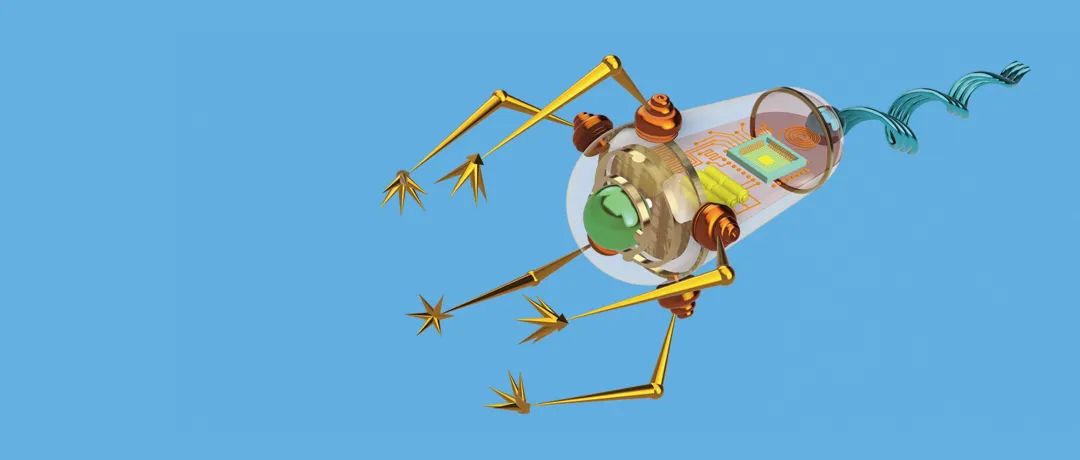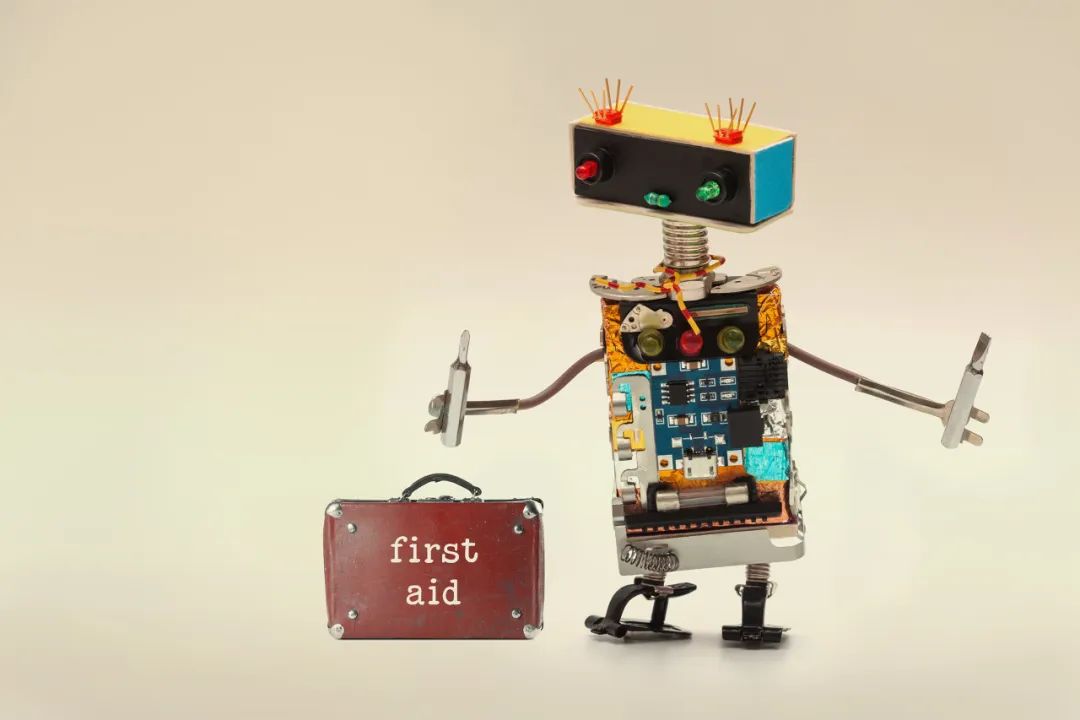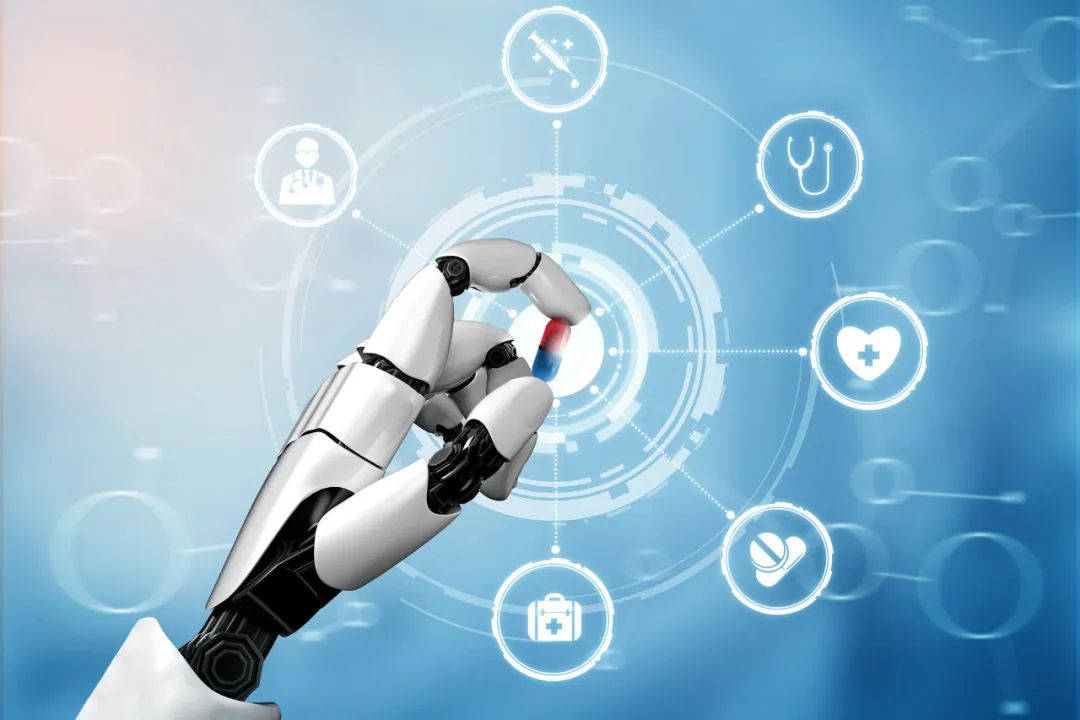
This is Issue 1063 of the “Intestinal Industry”
Editor’s Note
As technology continues to develop, robots have become increasingly common. Many scenes from science fiction movies are gradually becoming reality. The applications of robots in the medical field are becoming more diverse, and their sizes are shrinking. So, how miniaturized will robots become in the future? What applications will they have?
Today, we focus on microbots. We hope to provide some inspiration and assistance to industry professionals and readers.
Microbots
In the near future, the surgeons treating diseases may be microbots navigating within our bodies, capable of tracking tumors or clearing blood clots in narrow arteries.
This sounds like science fiction, but you are not mistaken: movies like “The Fantastic Voyage” and “Innerspace” have long showcased the idea of “shrinking machines to the size of a single cell”—however, advances in robotics and materials science in recent years have brought this idea closer to reality.
Bradley Nelson, a roboticist at ETH Zurich, has dedicated his career to creating such micro-devices. He says that while engineers have created robots smaller than microorganisms that can move around and sense their environment, these robots still need to be remotely controlled by humans.
Nelson states that the next major challenge is to give these machines some form of intelligence so they can perform tasks independently without human operators.
But what is truly required to create a genuinely intelligent microbot? And how can it be used in the real world? These are questions posed by the authors of an article in the 2022 Annual Review of Control, Robotics, and Autonomous Systems.
Nelson is one of the authors of this article, and in an interview with Knowable Magazine, he discussed why the prospects are so challenging and what the future of intelligent micro-machines might look like. Here are the interview contents:
Q1
How do you define microbots? How small is “micro”?
A: Generally speaking, any robot of any size is a device that operates in some uncertain environment; it can adapt to its surroundings and move around to achieve its goals.
The classic way to answer this question requires returning to the three core pillars of robotics: first, perception—robots must gather information about the world around them in some way; second, mobility—they must have some means of propulsion to interact with the world they inhabit; third, computation—they must figure out when to take what actions.
In my work, I typically try to build these elements into machines that are about the size of a single cell (with a maximum width of a few hundred micrometers).
I am not interested in anything smaller. Once you get below a micron, the physical factors that dominate the environment change. You have to start considering factors like Brownian motion, the random movements of atoms and molecules that affect the device. This becomes the primary interaction between your robot and the environment, making the work more akin to chemistry than robotics.

Q2
What does “intelligence” really mean for the microbots you are trying to build? What are your expectations for such small devices?
A: This is an interesting philosophical question. There are many ways to define it, but when I articulate that something has intelligence, it is a very anthropomorphic perspective. Am I surprised by its behavior and how it adapts to the environment? Does it do things in ways that I find compelling and interesting? If it is adapting, I would consider that to be a form of intelligence.
For example, look at bacteria like E. coli. Each bacterium is a single cell, possibly one or two micrometers long. The surface of the bacterium has chemical receptors that can sense nearby amino acids or other nutrients. There is also a pathway leading to the flagella (appendages that allow the bacterium to spin) to help the bacteria change their swimming patterns in the gastrointestinal tract or wherever they live.
It also has “software” built in: floating DNA fragments control how E. coli rebuilds or repairs itself to sustain life.
So in some ways, it is nature’s microbot: it has sensors, communication pathways, sensing algorithms, and control software for guiding motors, and it is making basic decisions.
In fact, E. coli does this so well that some robotics experts are using it as part of their devices. They often tether their microbots to microorganisms to help these robots achieve sensing and movement.
Q3
Are your microbots inspired by bacteria?
A: Absolutely. The navigation methods of bacteria are incredible; they use strategies I have never thought of. Initially, they just wander around randomly, but when they start sensing something good, like amino acids or other nutrients, they swim a bit longer, which often causes the bacteria to move toward where the good stuff is.
This is what we call “biased random walks.” As an engineer, you think, “Oh, that’s neat.” They are essentially following a chemical gradient.
You can imagine creating microbots that can do the same thing: for example, they might follow temperature gradients, pH gradients, or some chemical signature of a disease.
So yes, I am very inspired by the natural world. Tiny organisms have evolved such rich and complex “intelligent” behaviors. If I could figure out a way to replicate some of the behaviors of bacteria in robots, that would be very exciting.
Q4
What obstacles need to be overcome to create such robots?
A: Oh, there are many. I have been trying to make microbots since 2003. Initially, we just wanted to figure out how to make these things move and how to control them. Then we started thinking, what functions can they achieve? What kinds of chemicals or functionalities can we add to the devices? Is there a way to give them some form of autonomy?
We are still researching that last question. We have begun exploring polymers and materials that can somehow respond to their environment, such as automatically changing their shape so they can navigate through narrow areas or achieve similar tasks.
But the biggest obstacle is actually integrating all the different components together. For microbots to be successful, they must perceive and respond to their environment to complete specific tasks.
Q5
If we can achieve this, how do you think microbots will be applied in the real world? How will these robots improve existing technologies?
A: I think the first applications we will see will appear in the medical field. This is a logical progression. We are already using increasingly smaller medical devices and robots for surgery. Compared to other technologies, microbots can penetrate deeper into patients’ bodies and cause less trauma. For example, they can reach deep into the brain to treat aneurysms or clear clots.
In the future, we will continue to see this technology develop further, but the miniaturization of these devices is limited.
The next step is naturally to place microbots inside the body, allowing them to enter tiny spaces and treat diseases at an early stage.
Imagine a device that can enter the human lungs and detect and treat cancer before it spreads. Or treat blood clots deep in the brain that existing catheters cannot reach—simple microbots could potentially navigate to the blocked area and help clear the obstruction.

Q6
Does such a task sound quite complex? Does it require some form of artificial intelligence to accomplish these tasks?
A: No, not at the moment. I mean, right now, it is not possible to incorporate artificial intelligence into microbots. The computational load of artificial intelligence is too great for such small devices. However, if it could be achieved, that would be very cool, and I believe we could come up with some applications, but that is beyond my research scope and may be something I could struggle to achieve in my lifetime.
However, it is important to note that in these cases, we may not actually need something as powerful as artificial intelligence. You can still build a very useful microbot using simple forms of intelligence and autonomous decision-making. If you have a micro device that can recognize environmental changes and alter its behavior in response, you can use it to perform some truly astonishingly complex tasks.
For example, consider chemotherapy: if microbots could detect the pH or temperature gradients of tumors, they could slowly move toward that direction and release highly toxic drugs directly into cancerous tissue without releasing them into other parts of the body.
Devices like this might only have the intelligence level of microorganisms, but they would still be very effective for disease detection and drug delivery. As an engineer, I always keep this goal in mind: I should design a machine in the simplest way possible and enable it to accomplish a task. It doesn’t need to play chess; it just needs to get the job done.
Q7
Do you think microbots will be commercially used in the near future? If so, how far do you think that goal is?
A: Yes, everyone wants to know how long it will take! I used to say we had five years left. Now I say three years. Although there are still many uncertainties, the timeline is shortening.
Others in the field are making electronic products at increasingly smaller scales—embedding small transistors and other components into microbots and building circuits directly within them. We are starting to realize that we can embed some basic computational elements directly in microbots.
The question is, how much computational load do they ultimately need? How much onboard memory do they need? How much do you want them to learn?
With our existing technology, I believe that manufacturing microbots will become very straightforward in the foreseeable future.
Original link:
https://knowablemagazine.org/article/technology/2022/making-microbots-smart
Author|David Levin
Translation|Yang Chen
Review|617
Editor|Qingqing





